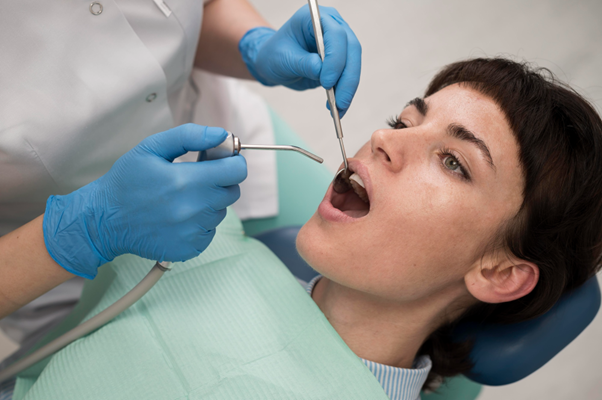
Understanding Wisdom Tooth Extraction: Procedure, Recovery, and Tips
While some people have trouble-free wisdom teeth, others face issues like pain, infections, or misalignment, necessitating extraction.
What are Wisdom Teeth?
Wisdom teeth are the final set of molars to emerge in the mouth, usually during late teens or early twenties. They can be beneficial for chewing if they align correctly, but often, insufficient space causes dental complications.
Reasons for Wisdom Tooth Extraction
Several factors may require wisdom tooth extraction:
- Impaction: When a wisdom tooth is trapped in the jawbone or gum tissue, causing pain and potential damage to adjacent teeth.
- Overcrowding: Insufficient jaw space leading to misalignment or damage to nearby teeth.
- Infection or Decay: Difficulty in cleaning wisdom teeth can result in cavities, gum disease, or infections.
- Cysts or Tumors: Occasionally, fluid-filled cysts or tumors may develop around impacted wisdom teeth, affecting the jawbone and nearby teeth.
The Wisdom Tooth Extraction Procedure
- Consultation and Evaluation: Your dentist or oral surgeon examines your mouth, takes X-rays, and discusses the best extraction approach.
- Anesthesia: Local anesthesia numbs the extraction site. Sedation or general anesthesia is used for complex cases or multiple tooth removals.
- Extraction: The tooth is carefully loosened using dental instruments. Sometimes, it’s sectioned into smaller pieces for easier removal.
- Closure: Stitches may close the surgical site, depending on the extraction’s complexity.
Recovery Process
- Bleeding: Bite on gauze pads to control bleeding at the extraction site.
- Swelling: Apply ice packs on the cheek for the first 24 hours to reduce swelling.
- Pain Management: Take prescribed or over-the-counter pain relievers as directed.
- Diet: Initially, consume soft foods and liquids, gradually reintroducing solid foods as healing progresses.
- Oral Hygiene: Gently brush teeth and rinse with warm saltwater to keep the extraction site clean.
Tips for a Smooth Recovery
- Follow Post-Operative Instructions: Adhere to medication schedules and oral care guidelines.
- Rest: Avoid strenuous activities and prioritize rest during the initial recovery phase.
- Avoid Smoking: Smoking hinders healing and raises complication risks.
- Attend Follow-Up Appointments: Monitor healing progress and remove stitches if necessary.
- Monitor for Complications: Notify your dentist if you experience excessive bleeding, severe pain, or signs of infection.
Wisdom tooth extraction is a routine procedure to prevent dental complications and maintain oral health. By understanding the process, preparing for recovery, and adhering to post-operative care instructions, you can support healing and minimize risks. Consult with your dental professional for personalized guidance tailored to your specific needs and ensure a successful recovery.




